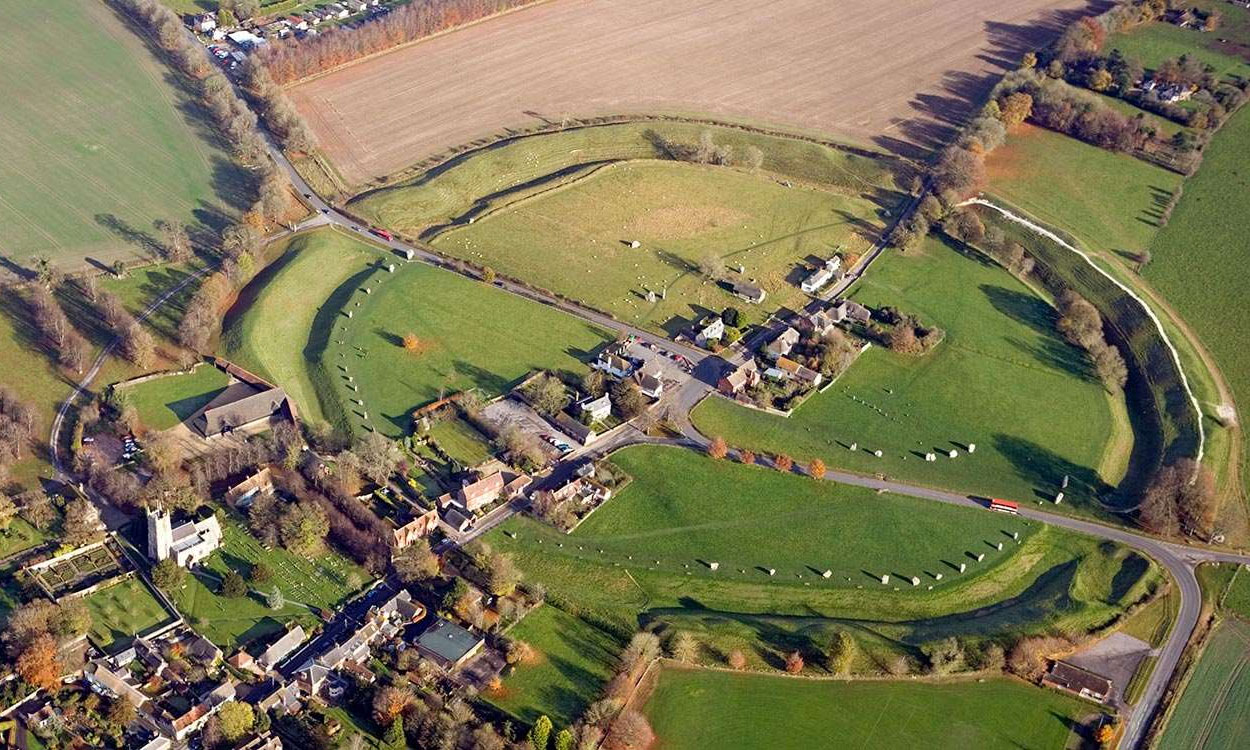
I made many stays in this corner of Wiltshire, with the Great Bretons. So many events took place in this green and dream setting, decisive for my research. This is where I saw a Neolithic lightning plant. The vision came to me through the grace of a fairy who took me by the hand.
The decor
Wiltshire has a charm full of sweet nostalgia. Not far from Avebury, the small town of Marlborough is a masterpiece of British savoir-vivre. It now has 3,000 inhabitants, the size of Erquy my Breton stronghold. It lacks only the sea. In a famous French song, his feudal lord always goes to war under the name of Malbrough. In the United States, a city is named after a famous brand of cigarettes, Marlboro. The spelling has been simplified according to the American habit of writing English as it is pronounced.
In this county is also one of the most famous megalithic sites in the world, Stonehenge. I have been there many times but have never felt any energy. It is beautiful, almost too much, but the expected magic did not show its nose. Is it crushed by the millions of visitors who pour into it every year? Mont Saint Michel has the same infamy. Abundance of tourists kills the appeal of the best places. And subtle energy is only perceived in the quiet.
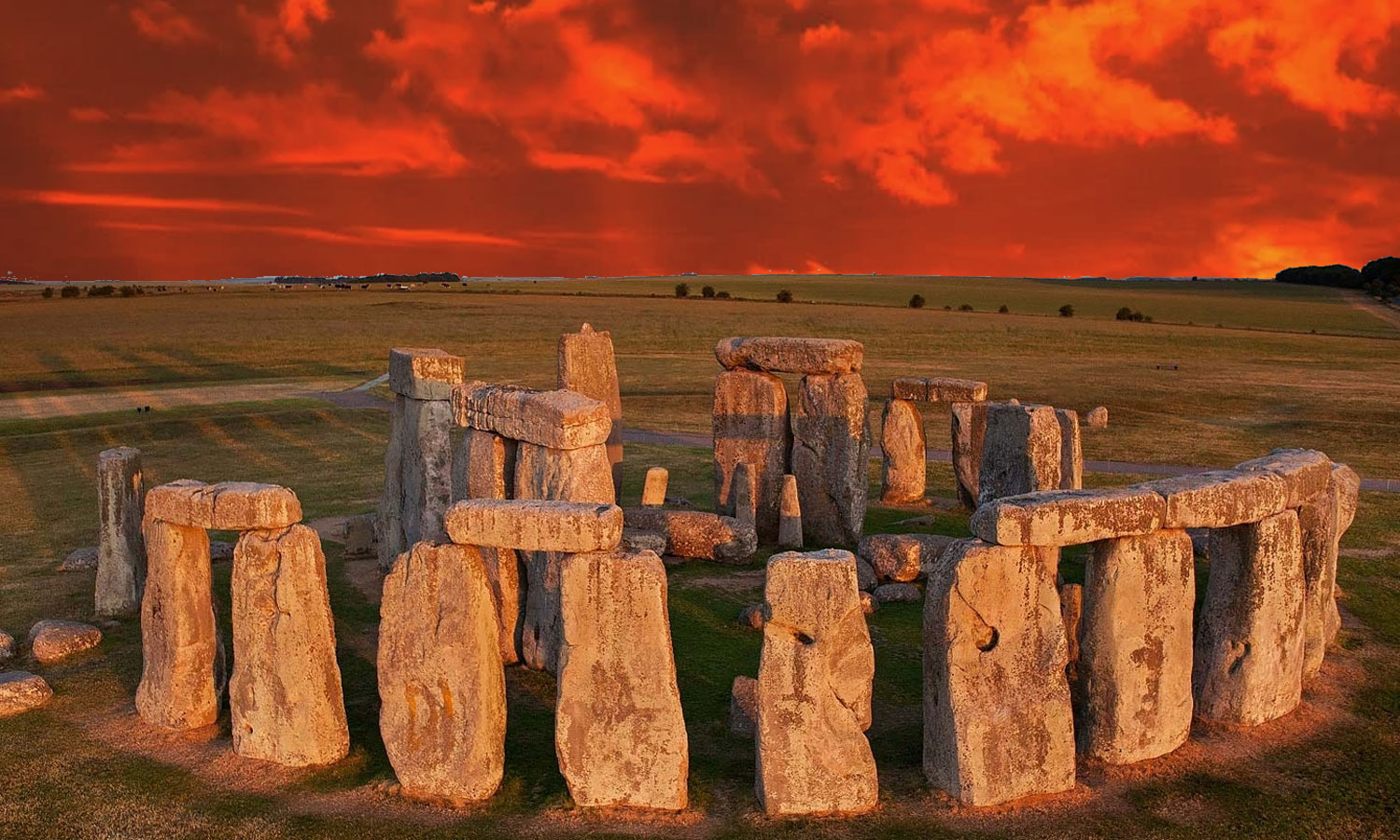
A Megalithic Plant
Why talk about energy in terms of megalithic sites? Because it was their primary vocation. Archaeologists with the locus of a stupid past see in any standing stone or megalithic building nothing but a tomb. It is true that we have found this or that Gallic, Amerindian or Siberian leader buried under a dolmen, but this burrial occured much more recently, when people of that time had forgotten all about the subtle and crude operation of lightning power plants used by the former gods.
The Barge Inn
It all starts at Avebury. Right here, something snapped into my chest. I saw myself embarking on a long-term search. That’s the case. It has been going on for 25 years. I still have some crop to gather and some circles to go round. I will have to go again to this great Barge inn. In French, barge is a boat and a crazy nut. We can find both at this inn.
Here in Avebury, I had a daydream. I saw this plant working. One by one, its elements became animated under the piercing gaze of my third eye. And I knew that I was in the presence of a high place of ancient fulgurology and divine techniques for capturing lightning.
Plant detail
The Avebury site includes:
1° a circle of menhirs surrounded by moats, Avebury Henge.
2° two rows of menhirs, West Kennet & Bekampton Avenue
3° the Silbury Hill pyramid
4° the dolmen West Kennet Long Barrow.
[perfect_quote id=”9752″]
It is a coherent whole, where the different monuments are articulated as the cogs of a machine. But I didn’t understand it right away. My first stay for the summer solstice of 1995 was overwhelmed by the wonder of discovery. the site is of uncommon power, far superior to that of its famous neighbor, the Stonehenge site, also in Wiltshire.
My conviction came to light during the second trip on the spot, with my fairy, in 1998. The major megalithic complex of Avebury was a factory, or rather a mega-plant capable of producing in large quantities an energy with prodigious virtues: lightning power.
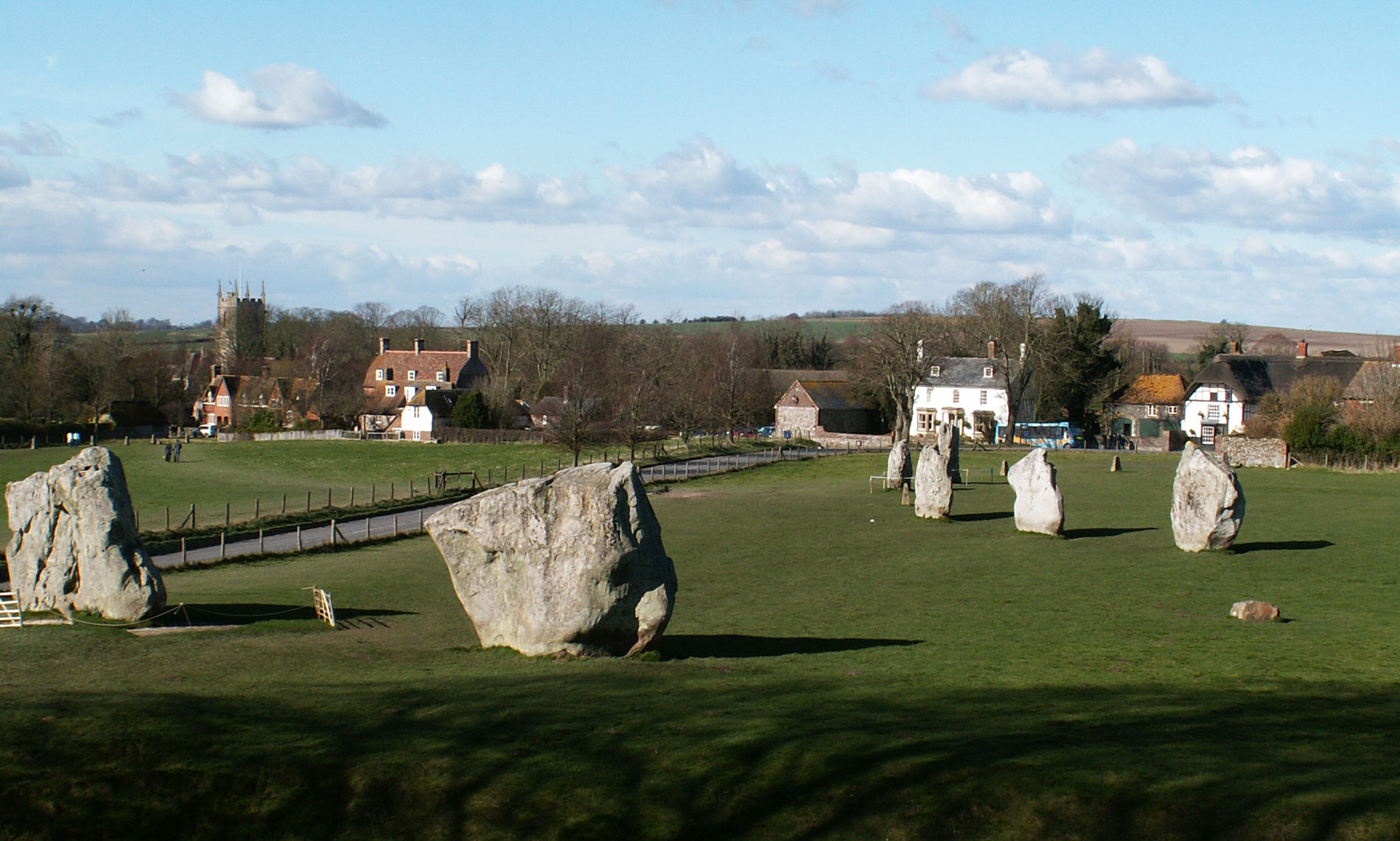
The Henge
It was here, 26 years ago, in the Henge of Avebury, along its menhirs avenues, under its covered alley of West Kennet, or at the foot of its pyramid of Silbury that I made a major discovery that would give birth to the thousands of articles of this site.
It all started with fulgurology, or the art of using lightning. I then deduced that the great ancients had futuristic technology. And from discoveries to discoveries, I went back in time to write this other history of man. This A’bury vision fell on me like lightning.sorry!
The former Gods captured the energy of lightning in megalithic power plants. This lost know-how has imposed itself beyond millennia, in our neighbors Great-Bretons, on the site of Avebury. This megalithic site offers the particularity of being fairly well preserved and almost complete, which allowed us to reconstitute the operation of lightning power plants.
Since then we have spotted many others that all work on the Avebury model. At the end of the article, links will allow you to discover them.
Extract from the travel diary
“Avebury, Summer Solstice 1998. This time I was accompanied by a fairy with amazing powers. We walked through the wheat carved by the crop-circles, without losing sight of the circular pyramid of Silbury Hill. At length we contemplated this landscape laid out by man since very ancient times. Little by little the memory of the place spoke. I looked into the eyes of my fairy when the light was for both of us.
The Avebury power station captured lightning energy and used it in the form of ball lightning. In addition, thanks to a water circulation system in moats, the plant enriched the irrigation water with nutrients, natural nitrates from lightning.
My fairy’s face lit up. Everything was clear. My heart was pounding, a real thunderbolt.Sorry again! The plant made us the eye, suddenly its anatomy became transparent to us.” (source)Xavier Séguin, Diary, 1998
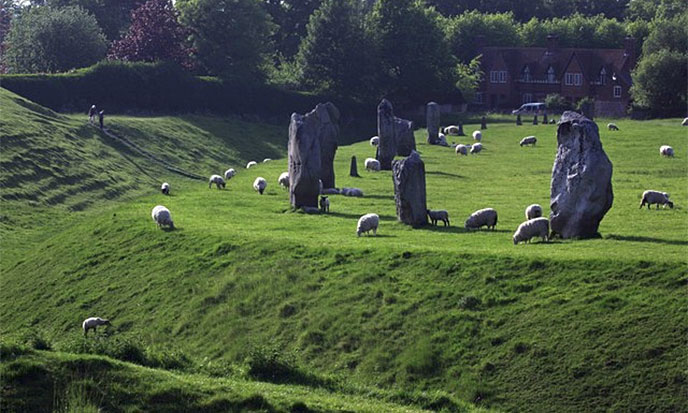
A Lightning reactor
“My fairy says it was the big stones that showed it to us. I believe her willingly. Slowly we resumed our walk, the path pulled us by the heart, one by one the wheels of the machine unfolded under our nose, in order. It was like “It’s not rocket science”, everything was written in big letters on the roof of the truck. Silbury Hill! The pyramid is a giant lightning rod! Surmounted by a metal antenna now disappeared, it is a gigantic sensor that attracts lightning, balls of white fire that stream continuously on its sides like snakes of light.
Snakes that fly. They hop from menhir to menhir along Bekampton Avenue, while a stream of light vibrates the water of the Kennet River. The excitement that wins us is not only that of discovery. It is a luminous magic to which our seeing allows us to attend live. The balls of lightning ricochet on the top of the menhirs, here they set in motion the luminous wheel of the Henge, while the balls of fire jump from one menhir to another.” (source)Xavier Séguin, Diary, 1998
The Henge: so called the cromlech surrounded by a dike, which constitutes the heart of the fulgural reactor of Avebury. These are two circles of menhirs, surrounded by a ditch and a dike of earth also circular.
From the Intake to the Magnet
In the center of the Henge, there are two paired menhirs, the Cove. According to experts, these were the very first stones erected during the construction of this vast ensemble. The lightning power plant was not built in one fell swoop. Its construction lasted several centuries in distinct stages.
A Cove is an entrance, the reactor intake. It once had a third stone that was blasted in 1828 with gunpowder. The two remaining stones that face each other evoke a couple in love with their male and female form and energy. Of course, they are the object of a romantic fable, but I see quite something else.
These stones are in love, it’s indisputable. Completed by a second female stone, they once formed a magnet, and by loving each other they made gush the subtle spark that starts the energetic reaction: lightning rotation. Thus the pyramid of Silbury Hill could magnetize the storms.

Ball lightning
When lightning struck the pyramid that crowned Silbury Hill, it was shattered into balls of lightning.
“Still rippling like the harvest in the evening wind, the balls of light shimmer and roll to the dressing room of West Kennet Long Barrow. It is a large covered alley under tumulus, not far from the pyramid of Silbury. Our greedy steps had already led us there, we saw everything, everything known. Here the candidates for awakening received total initiation, baptism by the fire of heaven. One entered man, one left god.” (source)Xavier Séguin, Diary, 1998
Physical structure of a lightning power plant
We saw the fireballs running down the tumulus of the large covered driveway. Some balls were entering the back of the corridor, I imagine what the candidates for awakening took on them not to give into panic.
Here are the first elements of a lightning plant, as we have identified them in Avebury, and which are found in all Atlantean plants:
– a starter, the Cove, in the Henge, storms in loveFrench play-on-words: ‘aimant’ means magnet or loving
– a sensor or antenna, which attracts lightning = Silbury Hill Pyramid
– A burster that turns lightning into lightning ball = Avebury Henge giant cromlech
– an emission device, which enriches the irrigation water and distributes the energy to the users = the two rows of menhirs that start from the Henge and describe two curves, West Kennet Avenue and Bekampton Avenue.

Pyramid and Awakening Box
– And above all, the initiation lodge, where one received awakening by the grace of the lightning balls: here is a covered alley opening to the opposite of the Henge, West Kennet Long Barrow, the most sacred place on the site. According to our measurements, the covered alley vibrates at 15,000 bovis, which makes it, in geobiological terms, one of the high places of the planet, a chakra of the earth. Lightning strikes Silbury hill, runs along a stream, Kennet River, to the great circle of stones of Avebury Henge.
This chamber functions like a flares. The lightning, scattered by circles of polarized stones, crumbles in the form of ball-shaped flashes, much more manageable. In the process, the moats around the circle of megaliths collect the nitrates from the lightning, enriching the irrigation waters with natural fertilizer.
The Course of the Fireballs
But the journey of the lightning balls is only just beginning. They come out of the double circle of stone and spin in two distinct directions, channeled by the polarized alignments of Bekampton Avenue and West Kennet Avenue, The ball lightning travels along these power lines to a number of star-shaped relays.
A now-missing alley was to lead the lightning balls to the awakening lodge, West Kennet Long Barrow, unless the fireballs had followed the course of the Kennet River. We also explored the ruins of covered alleys or tumulus that once ended the two large avenues of dolmens. The function of these secondary flares seems to have been to distribute what remained of the fireballs on the surrounding countryside, for the greater benefit of the inhabitants, We’re looking at livestock and crops.
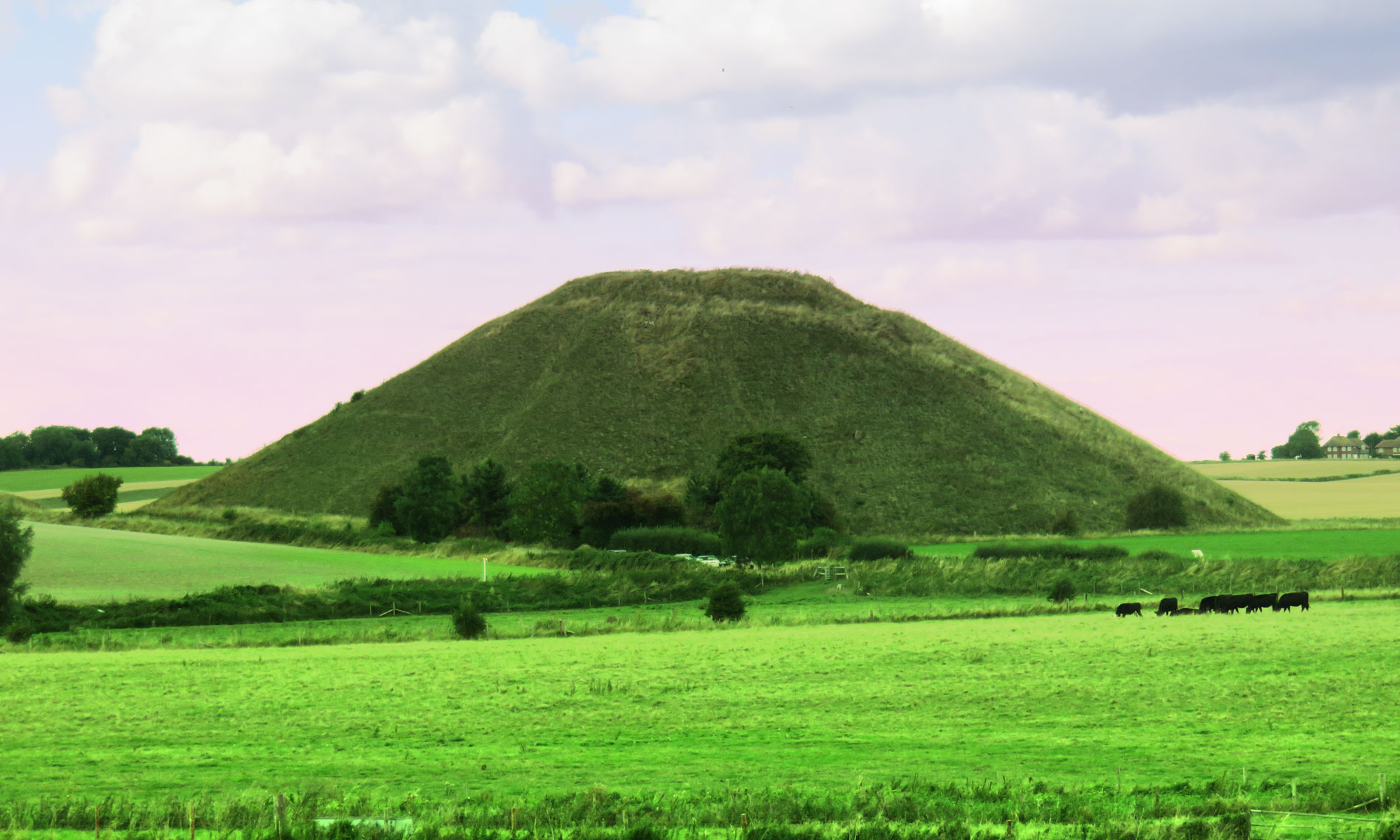
Polarized stones
The polarization of stones is a technique used in the walls of Romanesque churches as well as those of Gothic cathedrals. It consists of alternating stone beds with reversed polarity. The polarity corresponds to the orientation of the stone in its original career. Its zenith is positive, its nadir negative. The fellow masons laid a positive stone bed on another positive one also, the next would therefore join two negatives, the top one two positives and so on.
A sensitive craftsman perceives the polarity with his belly. I feel it in my palms.
A lane of polarized menhirs works in the same way, with alternating polarity. A menhir at the zenith upwards will be followed by another at the zenith downwards, etc. The lightning balls jumped from stone to stone, moving from positive to negative in a magnificent ballet.
A lost knowledge
This particular knowledge was born with the Irish or Welsh builders of these buildings. It lasted only two hundred years, during the 12th and 13th centuries, the time of this frenzy of sacred construction that Flornoy calls the spring of cathedrals. As soon as the Order of the Temple was dissolved by Philip the Fair, the builders left France, torn apart by the Hundred Years’ War.
The Templars who escaped the Inquisition’s burning have taken refuge in Portugal where they prepared the (re)discovery of America. While the fellow builders, artists and craftsmen have gained Italy where, without the support of the order of the temple and its masters, they converted to secular works, making the wonders of the Quattrocento.
The interest of this alternating polarization allowed the Templar works to distill a powerful energy, which the faithful can still feel today. But instead of seeing the effect of construction, they attribute it to divine power. This makes them say that these sacred buildings are “more prayerful” than the others. No surprise.
The Romans were unaware of this method of construction, the Greeks too. By contrast, pre-dynastic Egypt or the Old Empire used it. It must be that the builders of Avebury knew it very well too. But those of Stonehenge had forgotten already.

Fulgurology
- What Is Lightning?
- Lightning Boltz
- Lightning Ball
- To Bottle Lightning
- The Triple Use Of Lightning
- Gods Lightning
- Thunderstorms Of Golden Age
- Lightning Trap
- Tiahuanaco, A Lightning Trap
- Akapana, Tiahuanaco
- Temples Of Light
- Powerful Avebury
- Avebury: A Lightning Trap
- Silbury Hill, Avebury
- West Kennet, Avebury
- The Lightning Way
- Lightning In Comics

Templars and Cathedrals
- The Templars
- The Templars’ Treasure
- The Right To Kill
- Medieval Cathedrals
- Sacred Building
- Gothic And Romanesque Art
- Pagan Cathedrals
- The Labyrinth Of Tintagel
- Mother Goose
- The Jacques or Cagots
- Tables Of Chartres
- Libera Me
- Cathedrals On Strike
- The End Of The Temple
- The Passant du Devoir



